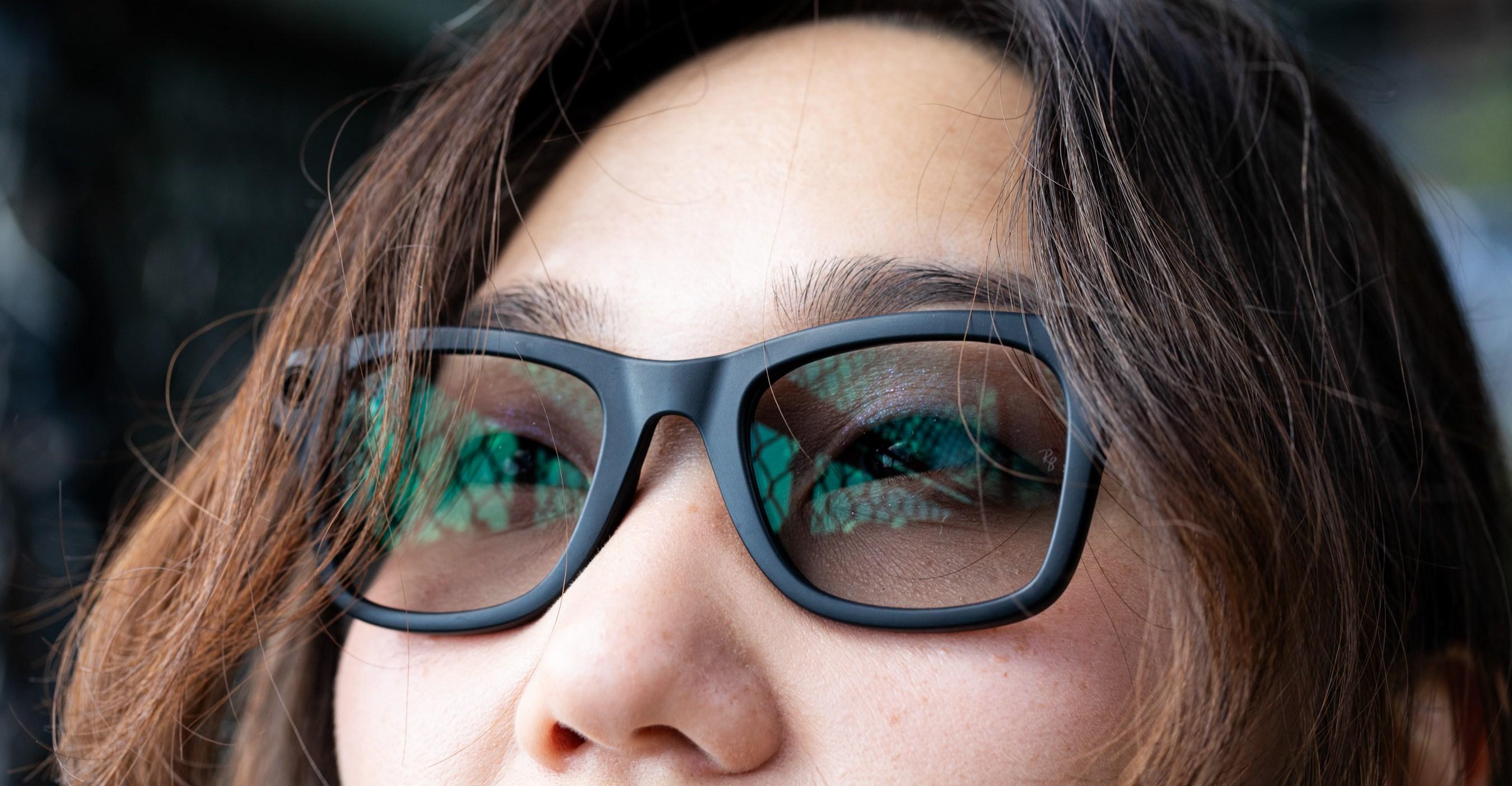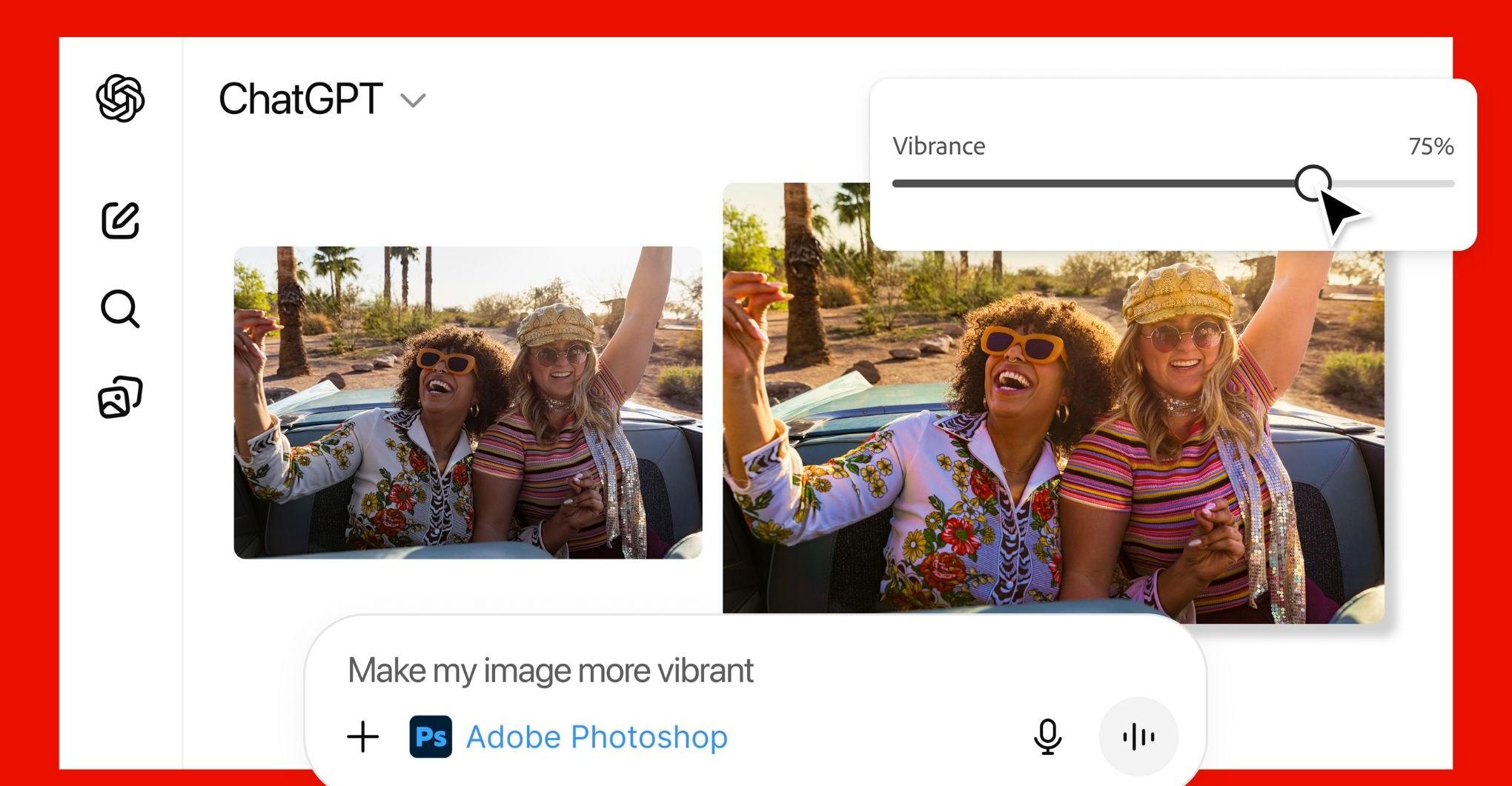The Lightning connector really only had two jobs: be tiny and be foolproof. Apple developed the new port for the iPhone 5, which at the time was simultaneously the largest, thinnest, and lightest iPhone the company had ever made. That made every millimeter of space and milligram of weight matter. For nearly a decade, Apple’s go-to connector had been the 30-pin Dock Connector, which was positively gigantic — about four times the size of a standard Micro USB plug. The Dock Connector was also fragile and a bit fussy. You had to stick the cable in just so in order to get the little hooks on the end to attach to the port. After a decade of Dock Connector, Apple needed something better.
- Home
- Technology
- News
Apple’s Lightning connector was the first great port — and USB-C might be the last
Apple is likely to announce a new smartphone with a USB-C port instead of the standard Lightning connector. It will be an improvement, but in Apple’s mind, the real future is MagSafe and wireless.


When Apple introduced Lightning at its annual fall event in 2012, company executives talked a lot about how small it was. “Given the dimensions of the new phone and all the capability that we wanted to add,” Bob Mansfield, then the company’s head of hardware engineering, said in a pre-produced video breathlessly detailing the phone’s every aspect, “we needed to manage the space inside the phone very carefully.” Phil Schiller, the company’s marketing chief, proudly flashed a slide that claimed Lightning was 80 percent smaller than the Dock Connector.
But while Apple might have needed the connector for its waif dimensions, the company also clearly understood why regular users might like it. “It’s more durable and much easier to use,” Schiller said with a small laugh, “because now you can plug it in in either direction; it doesn’t matter.” As he said all this, he twisted his hands back and forth, miming plugging in a cable. Everybody knows you never plug in a USB cable right the first time; with Lightning, you couldn’t get it wrong.
This week, 11 years to the day after that launch event, it appears virtually certain that Apple is going to remove the Lightning connector from the iPhone. A new law in the European Union mandates that all phones sold in its member countries must use USB-C for physical charging, and Apple has acknowledged it will have to follow the rules. “Obviously, we’ll have to comply,” Apple’s current marketing chief, Greg Joswiak, said last year. “We have no choice.” While that requirement doesn’t go into effect until next year, a steady stream of rumors and reports suggest Apple’s going to make the change now.
To some extent, it’s a natural transition. Apple played a large role in the development of the USB-C standard, which was first introduced in 2014. Apple immediately went all in on the new connector: the next year, it released a new 12-inch MacBook that used USB-C and only USB-C. “The team decided, if we’re going to have a port in here, let’s make the most versatile connector we’ve ever put in a notebook,” Schiller said of the USB-C port. “And sure enough, they did.” He explained two specific reasons users were going to love it: it was tiny, and it was reversible.
Over the next couple of years, most Macs and iPads switched over, too. The iPhone could easily have had a USB-C port years ago. Apple hasn’t made the switch for a number of reasons, not least of them financial: using a proprietary connector gave Apple control over the vast accessory market and revenue from everyone who made Lightning gear. In general, Apple doesn’t seem to appreciate being told to switch to USB-C but shouldn’t have much trouble doing so.
Still, make no mistake: this switch is going to be complicated. For one thing, a huge number of iPhone owners will be forced to replace all their cables or, at the very least, buy a bunch of unsightly dongles to keep their stuff working. There are also way too many standards inside of the USB-C standard, and don’t be shocked if Apple introduces one of its own just to make things more confusing.
The iPhone easily could have had a USB-C port years ago
But when it all shakes out, practically the entire tech industry will be able to use the same cables, the same docks, the same everything for the first time ever. They’ll be small, and they’ll be foolproof. Just like Lightning. Except this time, they’ll be for everybody.
Just plug it in
Oliver Seil, the head of design at accessory giant Belkin, has almost universally nice things to say about the Lightning connector. “I look at the overall arc of technology development,” he says, “and I think it goes from cumbersome — humans have to change to accommodate technology — to the other way around, where technology serves the human better.” Lightning took the tiny annoyance of wiggling your charger into place and made it effortless. That matters a lot, especially with your most-used device.
Even the early Lightning connectors were robust and secure, and while Apple was pretty heavy-handed in how it handled accessory licenses in the early days, it eventually spawned a huge ecosystem of cool gear. “It goes from wobbly, large, janky, to very elegant and small and bidirectional,” Seil says. This seems obvious now — how annoying is it to dig that one Micro USB cable out and then struggle to plug it in correctly? — but at the time was an unexpected breath of fresh air.
But there’s this one thing about Lightning that Seil always thought was a little silly. “You remember the first Pencil, right?” he asks. “It was a phenomenal product, but it needed to be charged with Lightning.” But you didn’t charge it by plugging something into the Pencil; you had to plug the Pencil into something. Pencils sticking out of iPads became a meme; this is just not how charging should work. And Seil’s broader point is that Lightning cables still have some other connector on the other side. “You just start experiencing these issues where it’s not the same on both sides.” As much as anything else, that’s what makes USB-C great. Not only is the connector reversible so that you can’t plug it in wrong, but so are the sides of the cable itself.
Of course, even as he explains the beauty of the system, Seil laughs. If only it actually worked this way! “Right now, you can literally take a USB-C charger with two USB ports, plug one cable into your gadget and the other into the wall, and nothing will happen.” USB-C is theoretically a universal standard, but in practice, it’s anything but. They differ mainly in speed of data and power transfer, and Seil’s theory is that users are going to have to get used to memorizing their own particular power needs and searching for them on Best Buy boxes. One persistent rumor about the iPhone 15 is that it will have a Thunderbolt port instead of a standard USB-C one, which uses the same shape but is a more expensive and more adaptable connector to different speeds and USB versions. That could help alleviate some of the confusion, at least for your iPhone.
Let’s be optimistic here for a minute, though. Fast-forward a bit until we reach the moment where the charging protocols are truly universal; maybe Thunderbolt wins out, maybe we all learn our device wattages by heart, but however we get there, all our cables and accessories work with all our devices, based on a standard that’s not going away. Seil thinks that could be the best thing to ever happen to the accessory business. “The number one concern for most regular people is, if I go buy this charger, will it work with my device?” he says. “If I go to the store, and it tells me it’s compatible with most smartphones, I don’t know what that means for me.” He figures that not only will people have more accessories to choose from once the market isn’t split by device, but they might be willing to buy more and better stuff, knowing their gear will still work even if they upgrade or switch.
Just put it down
Let’s go back to 2012 for a second, to that iPhone 5 launch event. As he began to explain the thinking behind the Lightning connector, Schiller argued that, actually, the larger change is that we don’t need cables like we used to. “So many of the things we used to do over the wire, we now do wirelessly,” he said. Bluetooth audio had replaced the AUX cord for so many; people were syncing their devices and files over Wi-Fi rather than by plugging their phone into iTunes. With that as the buildup, Schiller then… announced a new system for cables.
At the time, Schiller pooh-poohed the idea of wireless charging. “Having to create another device you have to plug into the wall is actually, for most situations, more complicated,” he said in an interview with All Things Digital when he was asked why the iPhone 5 didn’t have NFC or wireless charging. It wasn’t until the iPhone 8 in 2017 that Apple’s smartphones first got wireless charging, and by then, Schiller had changed his tune considerably. “Words can’t describe just how much nicer it is to just put it down and pick it up whenever you want to charge, without ever having to plug in a cable again.” He said you might have a wireless charger in your bedroom; he said your local cafe might have them embedded in every table.
Practically ever since, rumors have swirled that Apple’s ultimate plan is to build an entirely port-free iPhone. It’s actually not far off, having ditched the headphone jack and the SIM tray. In recent years, Apple has heavily marketed MagSafe as a charging system, and one of the flagship features of iOS 17 — the StandBy mode — is clearly designed in part to get people used to the idea of putting their phone on a charging dock.
In some ways, Lightning was a stopgap connector until we got to USB-C. Maybe USB-C, at least on our smartphones, is just a similar way station on the way to truly great wireless charging. What if what’s next is that wireless charging is about to really take off? In recent weeks, we’ve seen a slew of gadgets embracing the new Qi2 standard, which purports to wirelessly charge devices both faster and more reliably. Accessory makers, big and small, are beginning to sell pads, stands, and other gizmos that wirelessly charge multiple devices at a time. And of course, Apple, which has been practically forced to install a USB-C port on its iPhones, has plenty of reasons to tout MagSafe as the way of the future.
A portless iPhone is a bad idea, at least for now. But if, as Seil says, the arc of technology is away from making humans work and toward making tech that just works, wireless charging feels like a clear step in that direction. All this won’t happen the minute an iPhone has a USB-C port. But this is the next phase: universal systems that create less waste, cause fewer headaches, and simply work the way they should. Lightning helped make it easy to plug in. Now Apple — and the rest of the industry — might be inching closer to ditching the plug altogether.
Australian PM declares Sydney shooting a ‘terrorist’ attack targeting Jews
- 13 hours ago

Pakistan condemns attack on UNISFA in Kadugli, Sudan
- 13 hours ago

How do you know if you’re wasting your life?
- 5 hours ago
Pakistan aims to become model in digital assets regulation: Bilal saqib
- 13 hours ago
NHL board of governors eager to see more 'color vs. color' jersey matchups
- 19 hours ago
Security forces kill 13 Khwarij in two separate engagements in KP: ISPR
- 14 hours ago
Jays president Shapiro given new 5-year deal
- 19 hours ago
Under-19 Asia Cup: India beat Pakistan by 90 runs
- 13 hours ago
Source: Gray, Nats reach deal to avoid arbitration
- 19 hours ago
Diaz picked Dodgers because 'I'm looking to win'
- 19 hours ago
Sources: Rangers address needs with 3 signings
- 19 hours ago
Bondi Beach shooting: Australia hails ‘hero’ Ahmed who stopped gunman
- 13 hours ago

:format(webp)/cdn.vox-cdn.com/uploads/chorus_asset/file/3585720/new-apple-macbook-2015-_-_25.0.jpg)
:format(webp)/cdn.vox-cdn.com/uploads/chorus_asset/file/16294980/akrales_190522_3440_0051.jpg)
:format(webp)/cdn.vox-cdn.com/uploads/chorus_asset/file/24703753/wwdc_2023_249.jpg)












